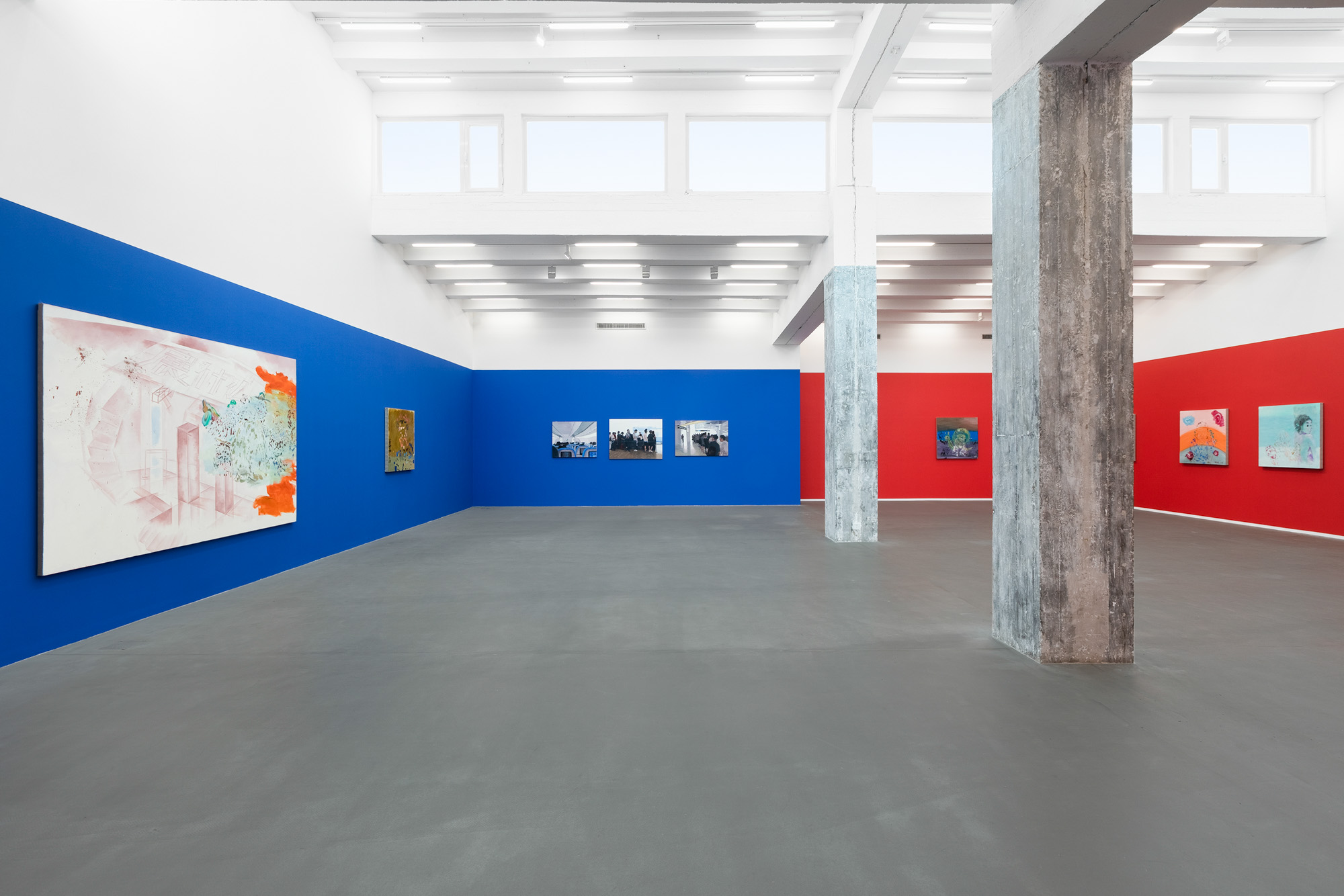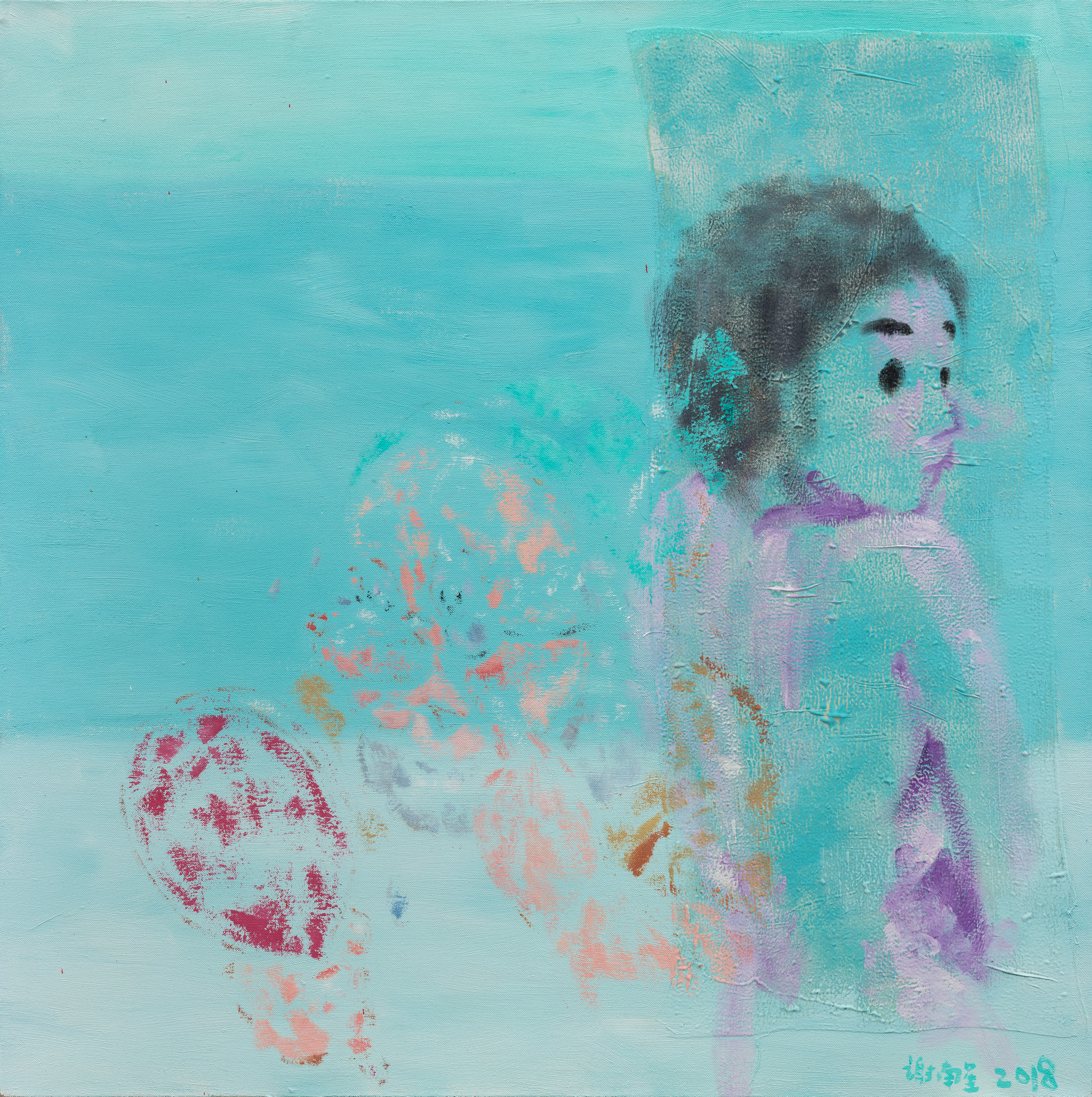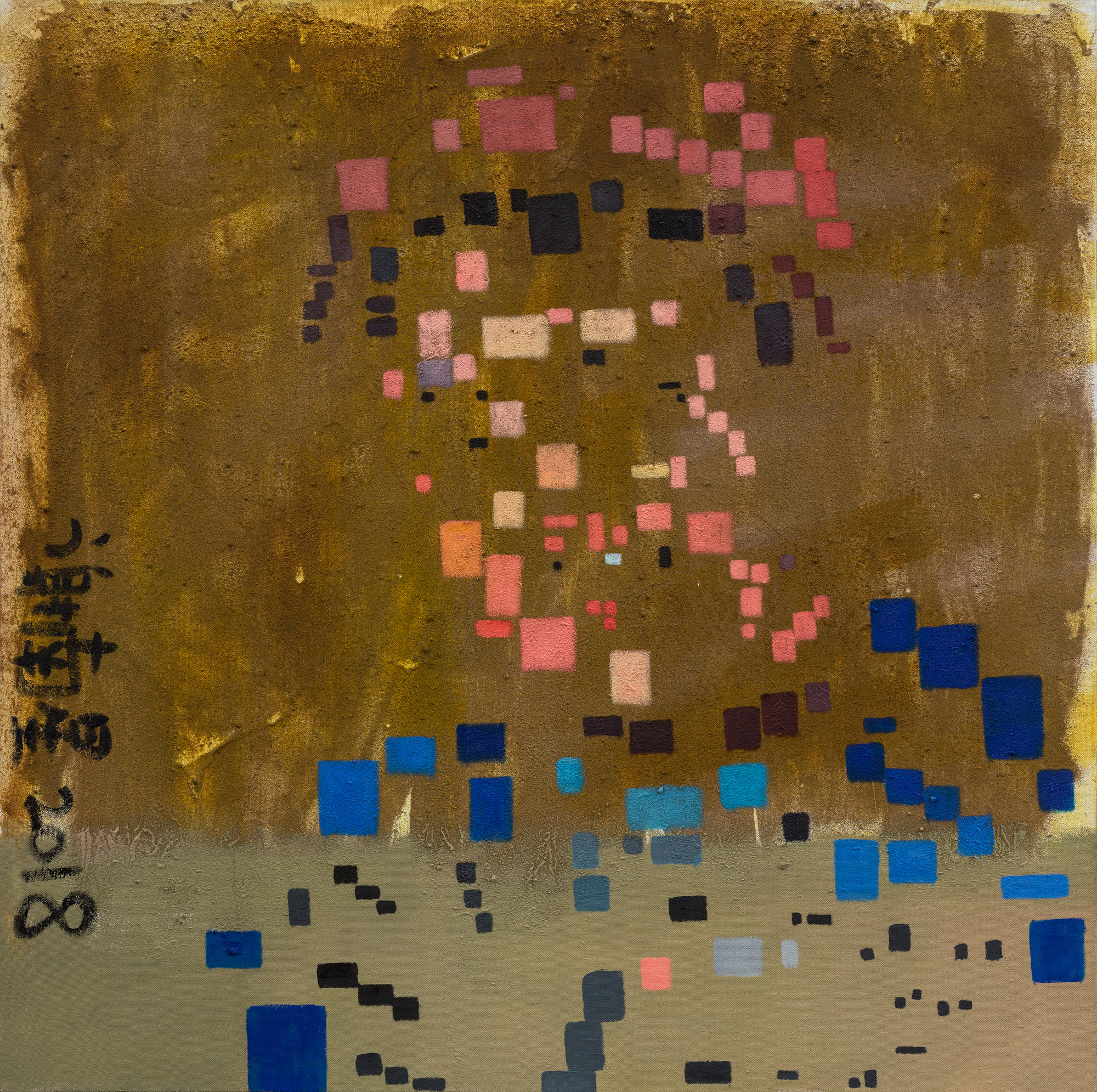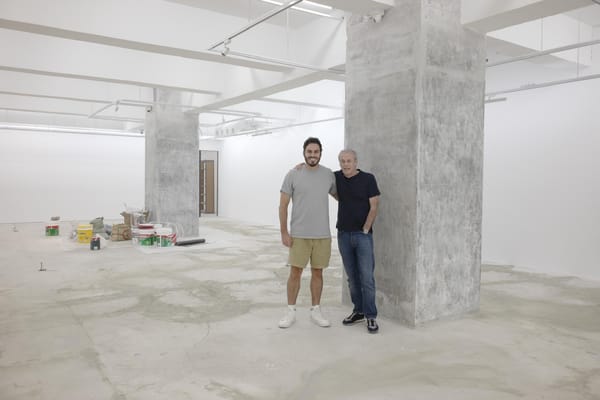People
Evidence of Painting: Interview with Xie Nanxing


Chongqing-born, Beijing-based Xie Nanxing has devoted decades to examining the manifold possibilities of painting. His early photorealist self-portraits and depictions of young nude men in torment garnered attention at the main exhibition of the 48th Venice Biennale in 1999, just three years after his graduation from the Sichuan Fine Arts Institute. In the early 2000s, Xie turned to abstracted forms of quotidian imagery such as flames on stoves or light cast on a wall. This rendering of ordinary motifs into out-of-focus, ambiguous entities is exemplified by his paintings of nocturnal gardens, shown at Documenta 12 (2007) in Kassel. In the late 2000s, the artist began to experiment with layered canvases, allowing paint to seep through from top to bottom and capturing traces of the painting process on the base canvas, which he exhibits. Xie’s singular visual language and methodology is an attempt to reinvent the medium and continually reconceptualize his role as a contemporary painter. On the occasion of his solo exhibition “A Roll of the Dice” at Beijing’s Galerie Urs Meile, Lauren Long spoke with Xie about his recent works, the importance of waiting, and his continued efforts in exploring his chosen medium.
“A Roll of the Dice” follows the idea of chance. What inspired this?
Two of the three series exhibited, while different, examine the concept of waiting, which for me is a process with multiple possibilities. Similarly, when a die is moving, it encapsulates not just a physical motion but an awaiting state; until the motion stops each number is possible. This is how I wanted to approach my exhibition and works: they don’t represent the end result, just like how these two series do not depict the conclusion of the scenes they depict. For my illustrations and paintings, there is no final result in the creation process. By employing the concept of the rolling dice, viewers will automatically think of this motion. The layout reinforces this as well as a sense of disorder.
All three series were created independent of each other, and although the exhibition was mounted during the Covid-19 pandemic, it was not derived from the pandemic. But looking at the works now, we find certain unique associations, which also happened by chance.
Speaking of the exhibition layout, the walls were painted bright blue on one side of the space and red on the other. Why?
Blue and red are the two common colors of the dice. I wanted to turn the gallery into a large dice in motion so I split the space in half. At the same time, these colors are contradictory, creating sensory unease when one is in the space. I raised the wall on the red side by five centimeters, and all the works hung on this side are also higher by five centimeters, instilling a slight sense of movement and uncertainty. The works were arranged randomly too, not grouped by their series.

How do you express your understanding of waiting in your works? Your What to Exhibit (2017) series comprises paintings of empty galleries in simple outlines, as well as a blurry image of the halls with anonymous figures looking in through the windows. What are these halls waiting for?
This series shows galleries without any artworks, so they are waiting for art. It epitomizes what art institutions ask of artists, which creates a sense of unease for the artist. When this series is installed anywhere, it poses this same question to the space: what to exhibit? In this sense, everyone is part of the decision of what we should do.
It’s also about the relationship and confrontations between the spirit of art and art institutions, drawing from my understanding and experiences. This pertains to censorship by institutions, whether via their reasons for rejection or their classifications of artworks and artists. I’m not even sure myself of the details of this process, but I wanted to depict how institutions should be welcoming of the arts and artists, but in reality are not. Rather, their attitude is more one of rejection, and they deliberately choose the type of artworks or artists they approve of. I find this absurd.
The spaces depicted do not exist in reality; they are a combination of several elements. The exhibition halls are part shopping center and part art gallery, because some art spaces exist inside commercial buildings. I wanted to relay that when these spaces do not hold artworks, they are simply storage or office spaces, or any kind of neutral space—it’s only when artworks are mounted that they are conferred a specific meaning. The other painting is an enlarged view of the halls under a surveillance camera. This is an imaginary night when the galleries are empty. The spirits of art roam outside, but do not enter, as there are no artworks inside.
These works resemble floorplans—why?
In the 1990s, these types of commercial interior design plans were very popular. They are quite cold and don’t hold any value beyond commercial usage. I chose this style as a form of sarcasm.
A Theater of Waiting (2019) shows three scenes at the airport with passengers waiting to go through security, to board, and to take-off. What inspired this?
Today we are accustomed to experiencing things via screens, which becomes reality for us. When we see things physically, we have no sense of their reality, and they no longer stir the same emotions they used to. Before the likes of computers and cell phones, people had an inquisitive nature about their surroundings and life itself, and they had greater imaginations about places or people they saw in real life. At places like the airport, we often discount groups of people as dull scenery. However, when you observe each individual, you discover a plot unfolding: the person has certain expressions, he opens his bag, he takes out his cell phone. It all becomes an interesting, dramatic story if you change your perspective. The three paintings show three groups; none of them have a specific narrative because there is no focal point. They are loosely related, but they are forced to wait together to go to an unspecified place, which I accentuate with a faded white background. However, if you examine the individual you will discover certain narratives. It’s an investigative method aimed at interpreting daily scenes, and also a narrative about humanity.

Seven Portraits (2018) abstractly depicts seven people around you and was inspired by the seven dwarfs from Snow White. Why this fairy tale?
In the Disney version, the seven dwarfs each have their own personality. I like to use widely circulated stories or illustrations as these are embedded with a pre-set context that viewers are familiar with. When I employ this structure in this piece, people immediately realize that the forms represent different personalities. I found seven people from my life whose personalities are similar to those from the fairy tale, although of course they also have their own features. It’s difficult to capture personalities with imagery, but the cartoon helps to define a framework, and in addition to this I utilized different colors based on my understanding of color psychology. For example, I used a soft green for a timid and shy figure.
For these portraits, you painted over stacked canvases, creating an imprint on the bottom layer. How did you develop this technique?
This method is the study of the penetration of color. After I paint something on a canvas, I cover it with another canvas and paint on this second layer a more realist portrayal. When I remove this layer, some paint will have seeped through to the bottom, producing an organic result.
I was inspired by Chinese ink paintings. I noticed that the paper that artists painted on were always layered on something else, and when they took the completed work away, no one paid attention to the numerous ink blots on the surface underneath. To these artists, the purpose of this surface is merely to soak up the ink, but I think it shows their mark, acting as a sort of evidence or trace of their creation. It is related to the work, but not necessarily a copy of it, because it looks completely different: disorderly and indistinguishable. I’m interested in treating this type of evidence as the main subject. They are not sketches or drafts, or the complete work. They are neither realist nor abstract.
The medium of painting has been developing for thousands of years. Any stroke you make corresponds to a large and complex historical system. Any mark you make, others can interpret as being related to so-and-so, or stem from whatever stream of art historical discourse. It’s difficult to escape this framework, to progress. There are few people investigating the evidence of paintings so I wish to spend more time researching it, and hopefully it will become useful for someone.


You seem to continuously come back to portraits. What is it about the category that attracts you?
I am not an abstract painter, and abstraction does not really interest me. I like to paint specific things, imagery. I think figurative paintings contain more elements that can be recognized by viewers, and at the same time it’s the one category that can quickly generate content and interaction with viewers. Abstract painting is more internal, self-expressive, while figurative painting relates more to the external world, and often contains motifs that correspond to this influence.
Your style has shifted over the years, from photorealism to expressive realism to something that is more psychological, more sensorial. What led to this transition?
There is no end goal for me in terms of painting. It’s not the truth, but it’s also not just a game. It’s more like a game that is close to the truth, or rather a truth-mimicking game. It entices you to continuously discover different possibilities of the truth, although no one knows what this actually is. It is similar to trying to find the meaning of life.
Lauren Long is ArtAsiaPacific’s news and web editor.
Xie Nanxing’s “A Roll of the Dice” is on view at Galerie Urs Meile, Beijing, until January 31, 2021.
To read more of ArtAsiaPacific’s articles, visit our Digital Library.








